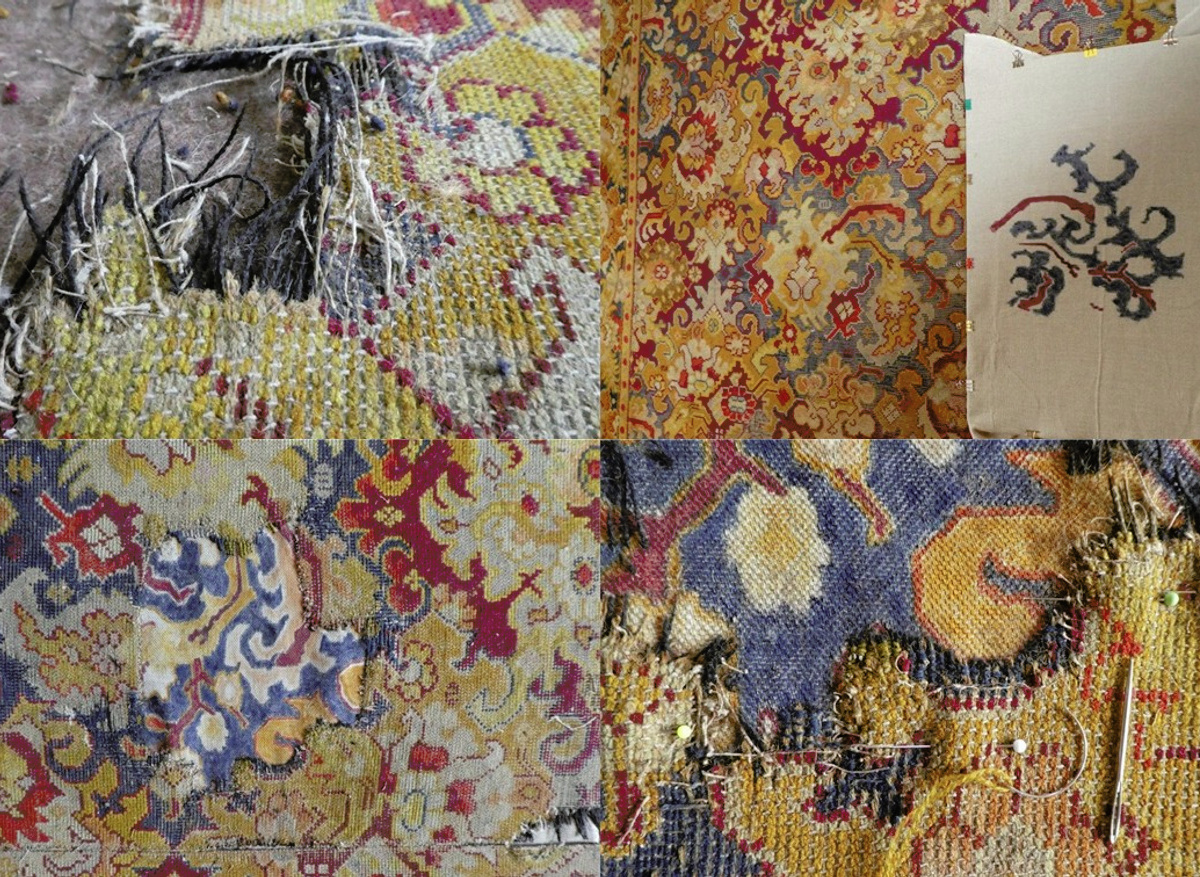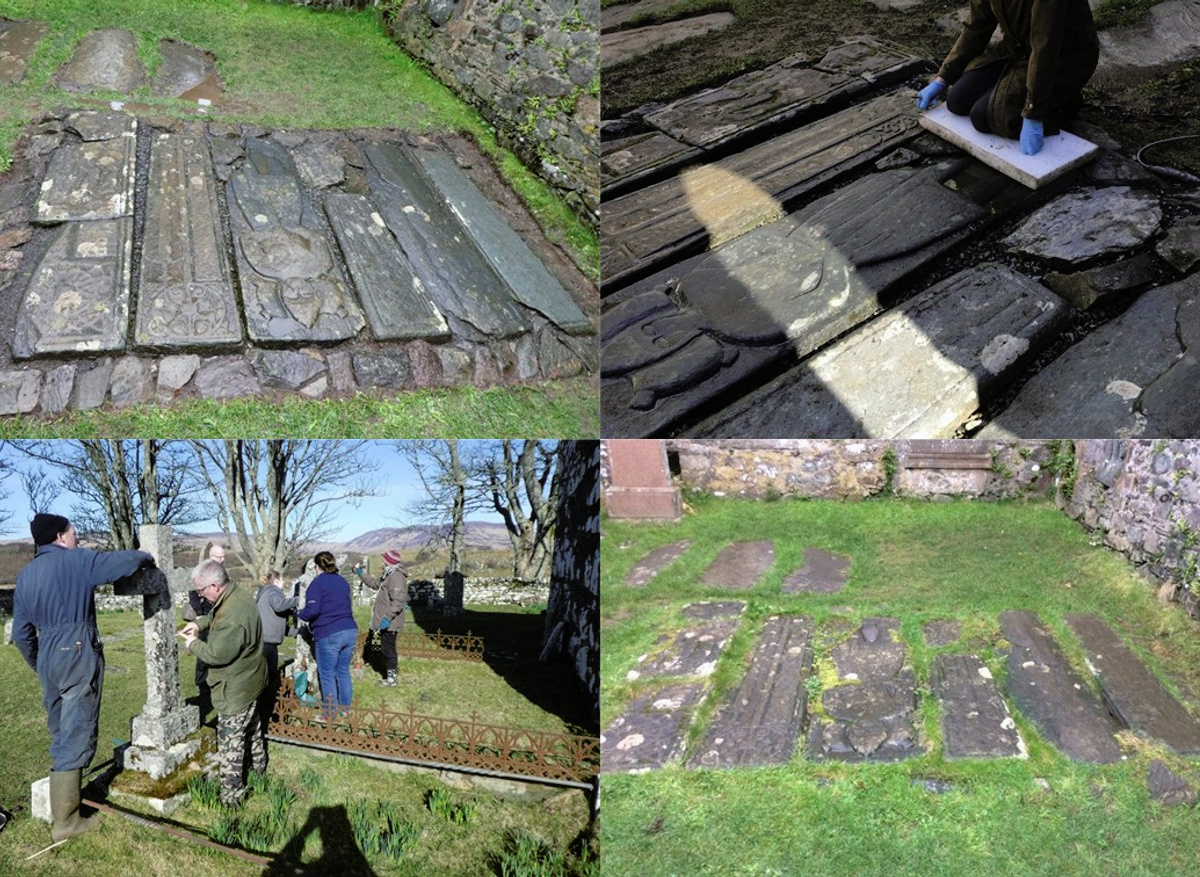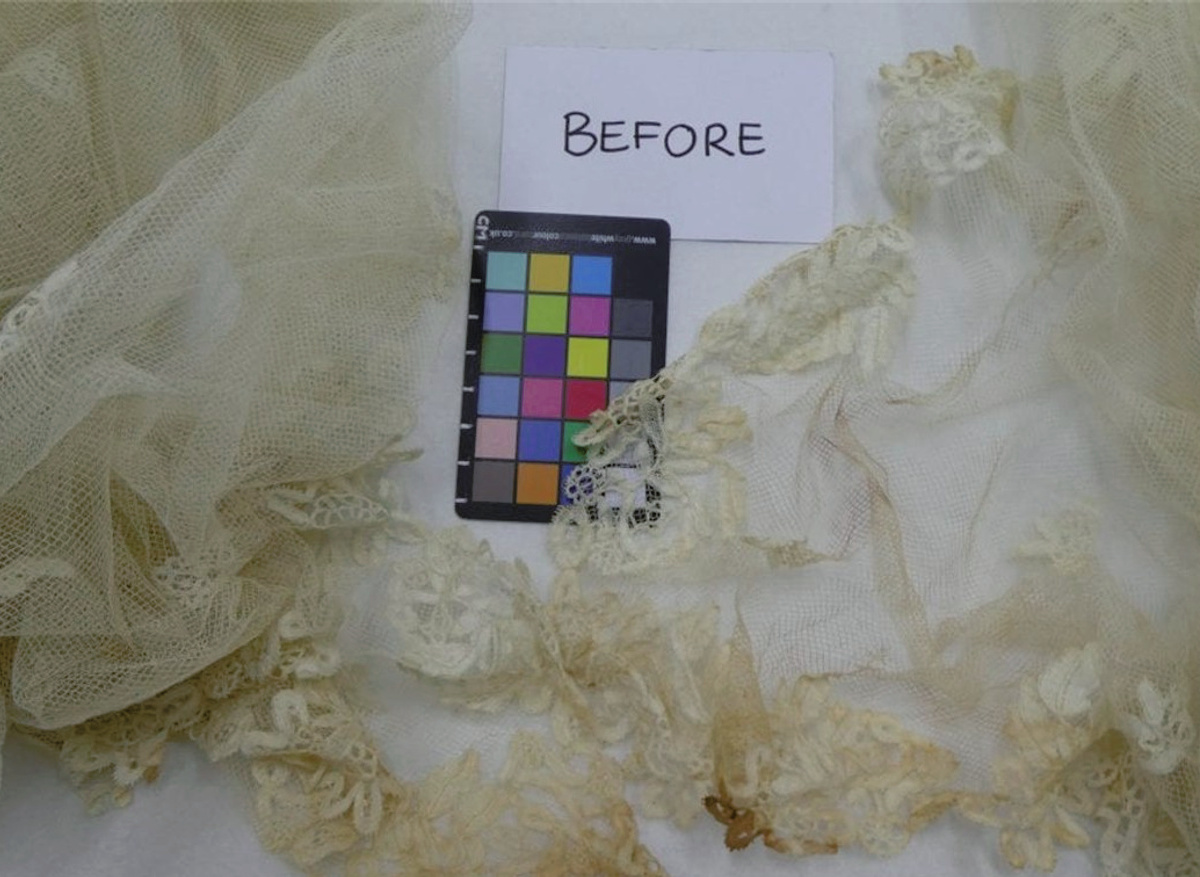Sophie Younger ACR has been committed to textiles and the Heritage sector all her professional life; her journey of learning has been varied and absorbing, from: how things are made, technologies, the science, histories and conservation.
Conserving textiles and other related objects comes naturally to Sophie who has very good manual dexterity, an appreciation of textile science and art history, an eye for 'detail' and an ability to enjoy the discipline of repetitive processes. Sophie has consulted on Heritage sector matters and published articles in professional journals.
Sophie has been in private practice since 1997, now Director of Younger Conservation Ltd (YCL), please do visit our website www.youngerconservation.com for more Case Histories and snippets of information.
YCL employs Fiona Watt BA Hons, MPhil (Textile Conservation) and is committed to supporting the next generation of conservators through work opportunities
Training
Work History
1994 - 2002 | Glasgow Museums, Conservation Department, Burrell Collection: remedial, preventive and collections care conservation. Part of a team monitoring environment, disseminating technical and conservation information, exhibition and loan work, maintaining records and organising stores.
2002 - 2025 | In Private Practice. Director of Younger Conservation Ltd.



